Why the CoBrA art movement still has bite
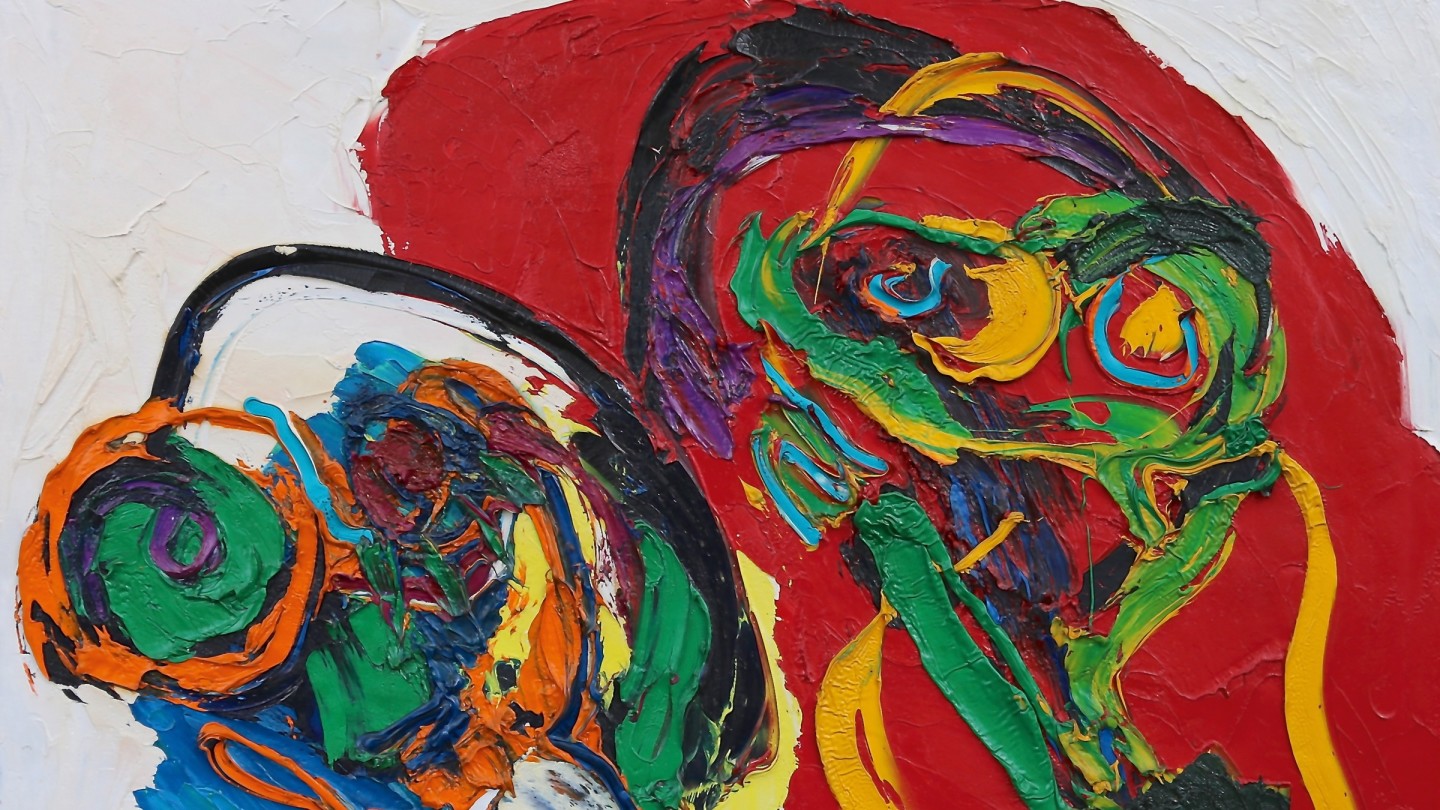
Roula Khalaf, Editor of the FT, selects her favourite stories in this weekly newsletter.
Perhaps the last true avant-garde movement of the 20th century” is how Christie’s describes CoBrA – the artist group founded in 1948. “Sometimes, though, people say, ‘My five-year-old could make that,’” says Elvira Jansen, a senior specialist in postwar and contemporary art at the auction house’s Amsterdam department. “Of course, they’re more intricate and theoretical than a child’s painting, but in general it is an art that makes you happy.” And especially happy are the collectors who have seen prices double in a decade – just as the group’s 75th anniversary is being celebrated.
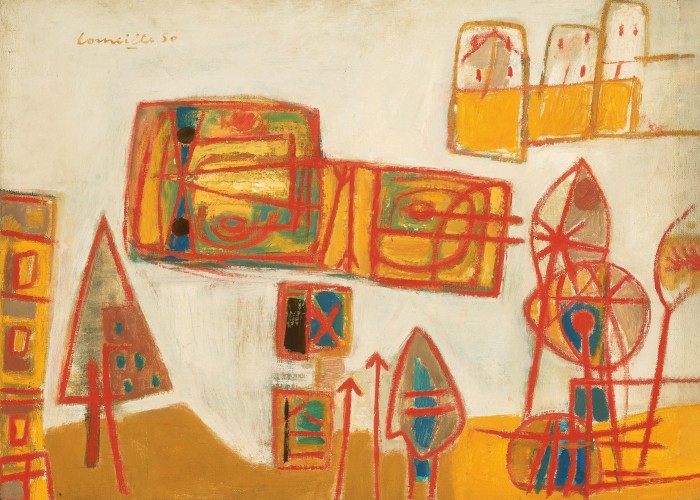
“CoBrA was created in response to the horrors of the second world war,” says Harold t’Kint de Roodenbeke, a Brussels-based gallerist and the chairman of the city’s Brafa art fair. “It’s an art that expresses a desire to build a better world.” The name is an anagram of the capital cities of the primary founders’ home countries: Copenhagen (Asger Jorn), Brussels (Christian Dotremont, Joseph Noiret) and Amsterdam (Karel Appel, Corneille and Constant), and its manifesto was one of joyful rebellion. Its members wanted to break free from accepted art-world traditions in favour of more spontaneous forms. Animals and fantastical beasts often emerged from their canvases, which were inspired by folk art and the drawings of children, as well as other renegade artists of the time – from Picasso and Miró to Jackson Pollock and the abstract expressionists.
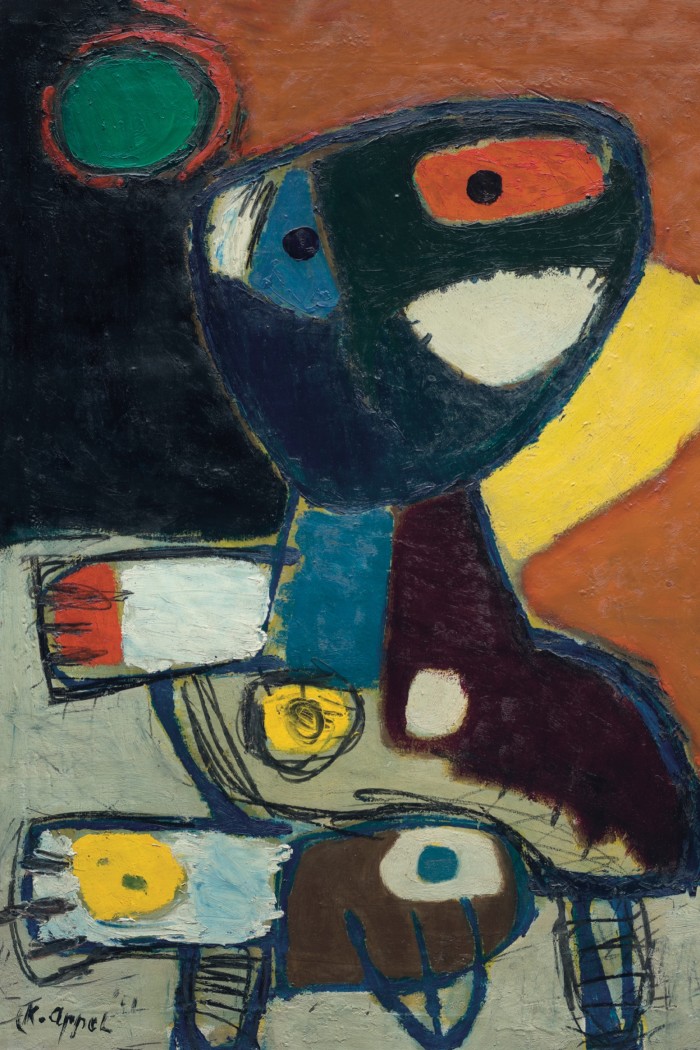
Child With Green Ball, 1951, by Karel Appel, sold at Christie’s in 2021 for €450,000
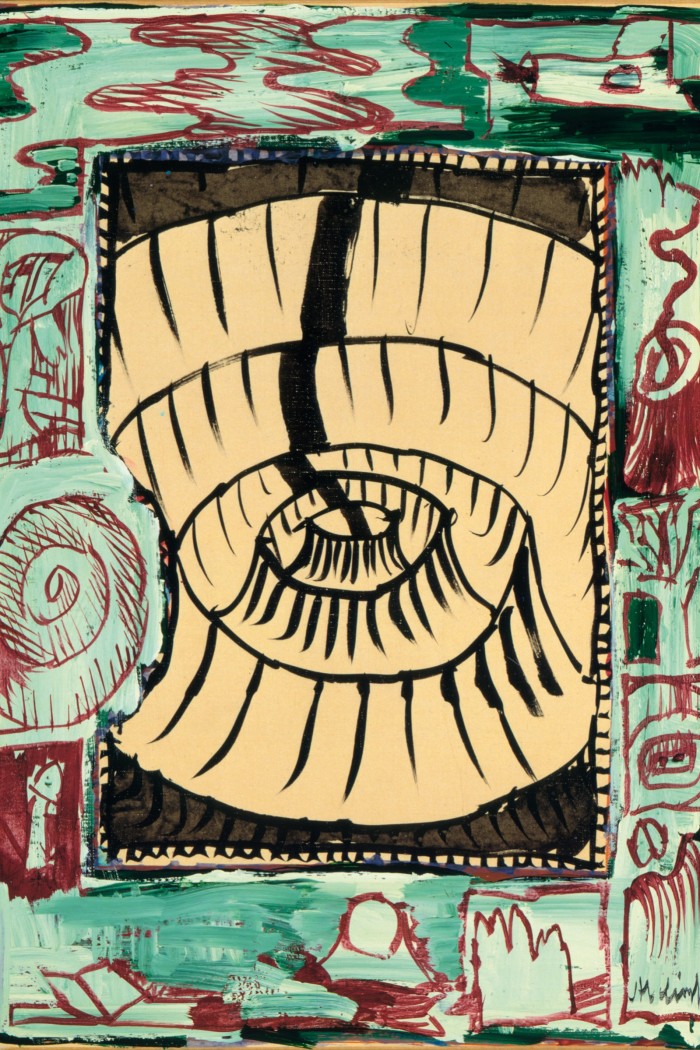
Inspection des forces Naturelles, 1997, by Pierre Alechinsky, €60,000 at Galerie Lelong
Values have been steadily climbing for a number of years. Jansen points to a painting by Karel Appel from 1951 “with childlike birds and flower, set off against a bright yellow background”: when the painting was offered by Christie’s Paris in 2012, it sold for €841,000, a world record for the artist. “Today, though, an Appel from ’51 would make maybe €1.5mn,” says Belgian gallerist Samuel Vanhoegaerden. Work by Pierre Alechinsky, “the same”, he adds of the prolific Belgian artist who joined CoBrA in 1949. “But these works are not coming to auction – and that’s a bit of a problem.” Nonetheless, says t’Kint de Roodenbeke, “demand is growing despite the rarity of major works on the market.”
WHERE TO BUY
Almine Rech represents the estate of Karel Appel, alminerech.com
Brafa Brussels (brafa.art), 29 January to 5 February
Galerie Birch galeriebirch.com
Gallery Delaive delaive.com
Galerie Lelong galerie-lelong.com
Harold t’Kint de Roodenbeke @haroldtkint_gallery
Samuel Vanhoegaerden Gallery svhgallery.be
Simonis & Buunk simonis-buunk.com
WHERE TO SEE
CoBrA Museum of Modern Art Sandbergplein 1, 1181 ZX Amstelveen, near to Amsterdam, cobra-museum.nl
WHAT TO READ
CoBrA: The History of a European Avant-Garde Movement (1948-1951) by Willemijn Stokvis (NAI Publishers)
Appel: A Life in Photographs by Nico Koster (Uitgeverij Waanders & De Kunst)
The CoBrA group was active for just three years before it disbanded in 1951, and examples from this period are the rarest. Last October, a 1949 canvas by Constant was offered by Christie’s with an estimate of €50,000-€70,000. It sold for €201,600. “But there is also great demand for works by CoBrA artists from the ’60s and ’70s, whose aesthetics and colours remain fully in the spirit of the movement,” says t’Kint de Roodenbeke.
Such works will be well represented at the Brafa art fair (29 January to 5 February): Gallery Delaive has works by Appel; and t’Kint de Roodenbeke and Vanhoegaerden are both showing pieces by Alechinsky, now 95 and “still making some really great work”, says Vanhoegaerden. While prices for his paintings range from €25,000 up to €1mn, “he’s also a great graphic artist and his prints can be more reasonable; the most sought after go for between €20,000 and €50,000”.
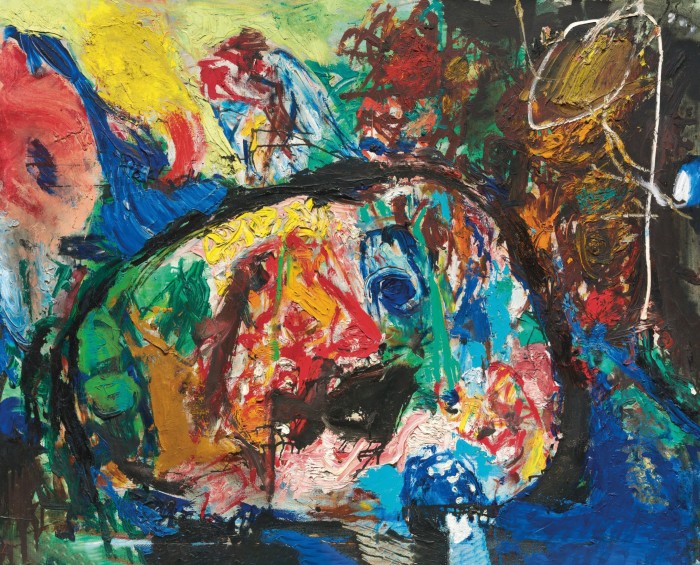
The “more niche” artists of the group, those who subscribe to its ethos but weren’t founding members, “tend to fetch substantially lower prices – except when a true gem comes up”, says Jansen, noting that the 2019 sale of Eugène Brands’ Wandelen (Promenade in the Village) saw “two CoBrA collectors bidding fiercely on the work”. It eventually sold for €150,000, on a €40,000-€60,000 estimate. More typically, Brands’ abstract works on paper can be found from €3,300 at Simonis & Buunk gallery; while a 1957 gouache on paper by fellow Dutch CoBrA member Lucebert is €16,500.
To celebrate the group’s 75th anniversary, the CoBrA Museum of Modern Art is highlighting the work of under-represented members – an exhibition of paintings by Ernest Mancoba and his wife Sonja Ferlov opened this month. June’s show is titled Freedom Without Borders, and will pair CoBrA artists with those aligned with their vision – from Picasso to Basquiat to contemporary names such as Cecily Brown.
“I love CoBrA’s sincerity in the return to the basics, in search of newness,” says Robert Nava, a Pace Gallery-represented artist who cites the movement’s spontaneity as a major inspiration. “For me, the works feel free, honest and fascinating.” His own naive-style canvases of mythical creatures have both divided art world opinion and rocketed in price. Puerile or powerful, it’s proof that the CoBrA spirit still has some bite.
Comments